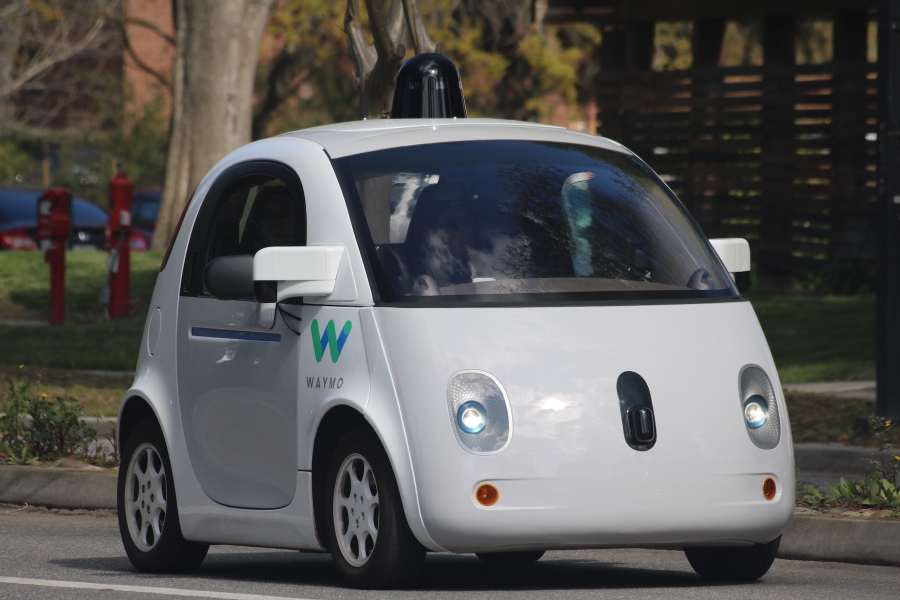
Elon Musk, CEO of Tesla, has made his position clear that if one of their self-driving cars has an accident, Tesla will not be liable and it will be up to the individual’s insurance unless the accident was the result of a design flaw. Volvo, Google and Mercedes Benz, on the other hand, have all stated that they would accept full responsibility. The real question is, how will insurance companies assess liability between the manufacturer and the driver, or will they hold both parties accountable?
Autonomous vehicles are loaded with safety features and crash avoidance systems, making self-driving vehicles much safer overall. But accidents will happen, no matter how safe the design. The question of who – or what – is liable will still depend on the individual factors that resulted in the accident. Regardless of what Elon Musk thinks, manufacturers and software designers will definitely be liable to some extent in many cases. Self-driving vehicles continue to have problems adapting to bad weather and fast-changing road conditions, and liability for accidents occurring in autonomous mode under these conditions would land squarely on the shoulders of the car company. But one big advantage the car companies have is this: testing has consistently shown computers to be safer drivers than humans. So it is logical to assume that under normal conditions autonomous vehicles will have fewer accidents than human-operated vehicles.
The UK Government’s draft vehicle technology bill suggests that the car manufacturers, not the individual behind the wheel, should be held liable. The bill also suggests that insurers offer policies for both fully autonomous and semi-autonomous operation of vehicles. Insurance coverage would be void if the driver makes unauthorized changes to the software or fails to keep the software updated.
Adrian Flux was the first UK insurer to provide driverless car insurance. The policy is dependent on a licensed driver being in the vehicle and able to take control at any time, and can be invalidated if the owner fails to properly maintain the vehicle, including timely downloading all updates to the software. The driver would be liable under UK law if he/she is under the influence of drugs or alcohol, is texting or otherwise distracted, or if the vehicle is exceeding posted speed limits.
Adrian Flux’ website also outlines the following interesting points:
The UK’s road’s minister, Andrew Jones recently outlined how the insurance industry will adapt to the introduction of driverless cars and the question of liability by saying, “…in the event of a serious collision in driverless mode, it would be the vehicle at fault, instead of the human driver.”
The National Highway Traffic Safety Administration in the US also, for example, considers Google’s autonomous driving software can be identified as the driver. How this interpretation of liability will work with the State of California’s ruling requiring a fully licensed driver to be present in the car is still unclear. If there’s no steering wheel in the car, as Google is planning, why would a human occupant need a driving licence or car insurance?
That last paragraph raises the issue of who is considered the “driver”. If the car / software is held to be the “driver” under the law, then the auto maker must be held responsible to a large degree. A number of insurance industry analysts have said that this crosses over into product liability rather than personal insurance. If the technology malfunctions or if the car fails to respond as it was intended to, this is clearly a product liability claim and the auto maker’s insurance would and should pay for damages.
Here's an interesting to consider question: if the law requires a driver to hold a valid driver’s license to operate a vehicle, will it not then be necessary to institute a series of driving tests that the car must pass before it can drive itself?
The insurance industry will continue to adapt and adjust as the driverless car industry evolves and as the pattern begins to emerge over time as to the types of accidents occurring, the number of claims processed and the quantum of damages paid out. While improvements to safety systems have lowered the frequency and severity of certain types of collisions, they are also much more expensive to repair and replace. This results in higher payouts from insurance companies, which results in – you guessed it – higher insurance rates being passed on to the consumer. On the up side, though, the safer your vehicle is, the lower the rate you will get from most underwriters.
For the immediate future, it seems likely that most insurance policies will still require a licensed driver to be present in the vehicle and ready to take over in the event of an emergency. An underwriter may assess liability based on how much control the human operator had or might have had over the vehicle. If there is no means for the individual to take control, then the individual would bear no responsibility and the auto maker would be liable for the damages. Insurers and governments still have time to develop and implement laws, policies, rules and regulations before self-driving vehicles become a common sight on our streets and highways.
Image licensed by CreativeCommons.org

